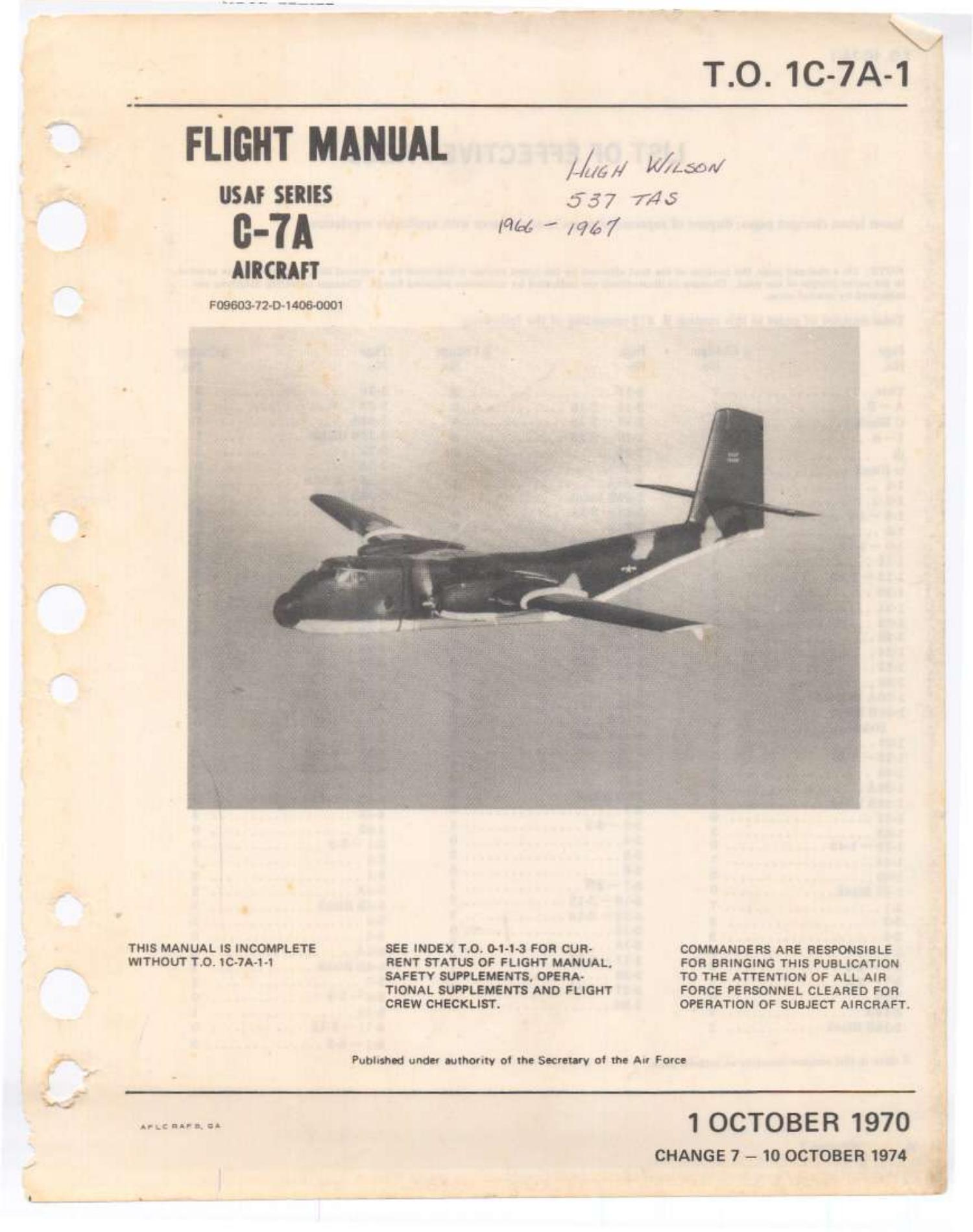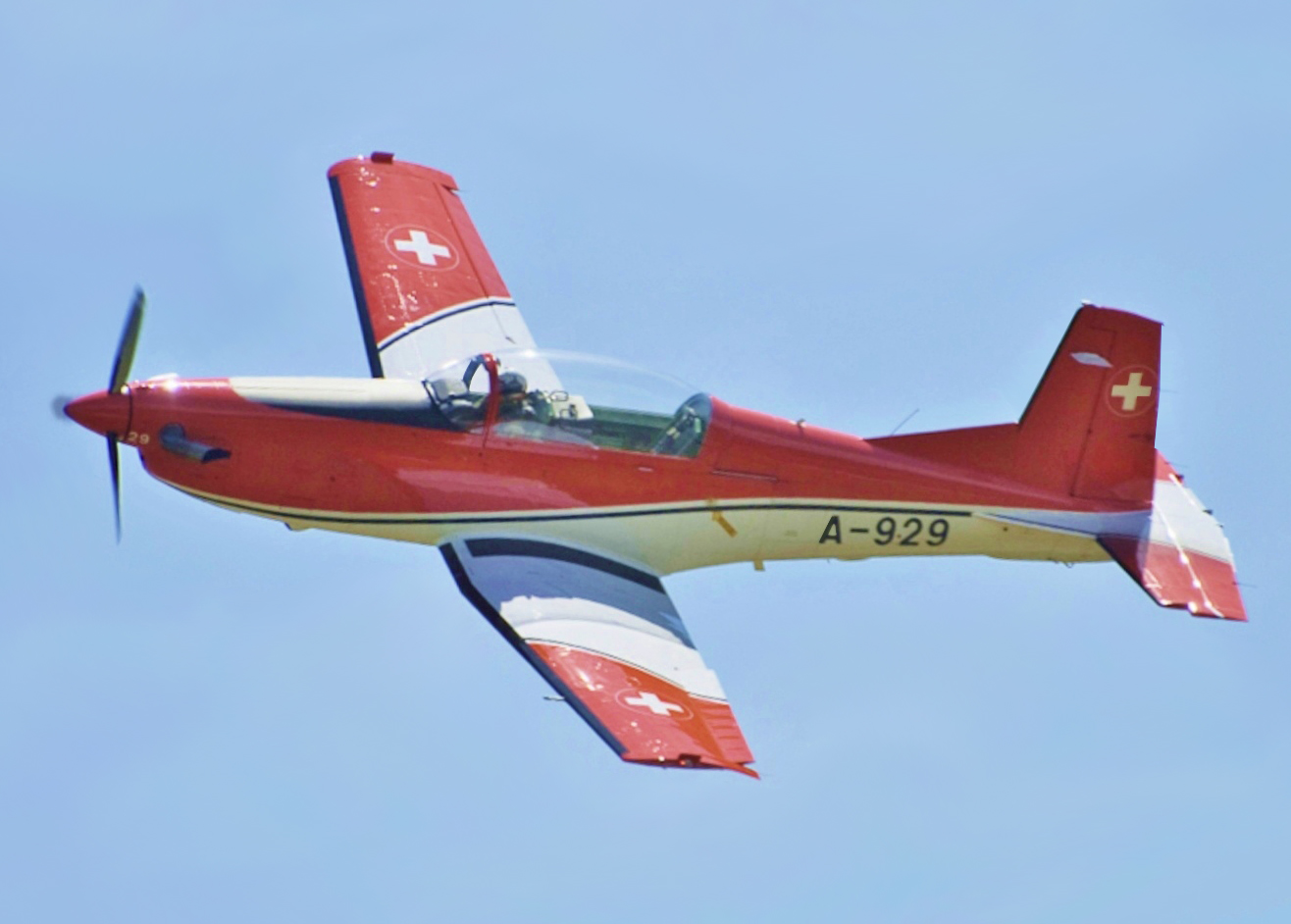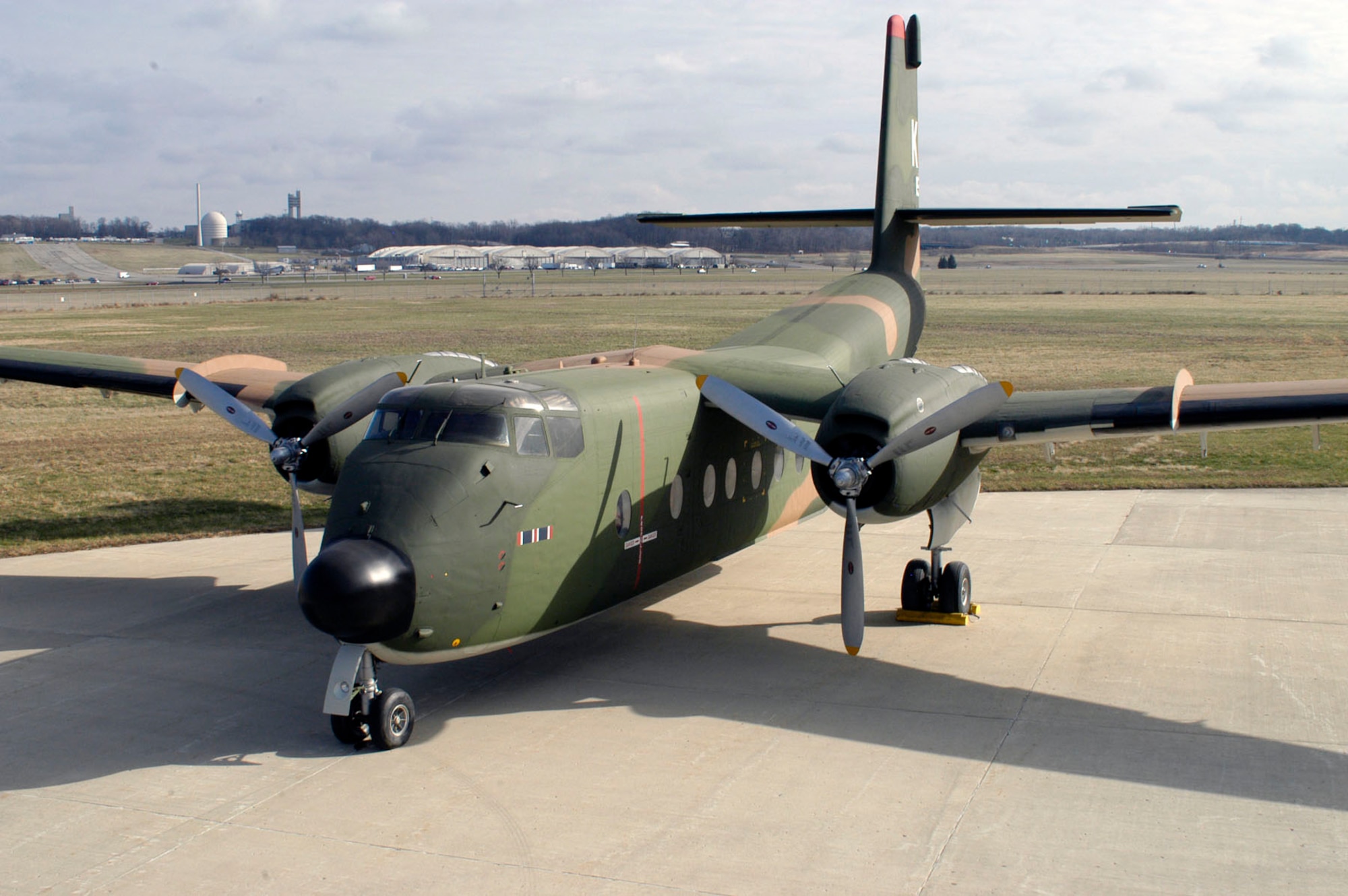C7a Aircraft - In 1967, a political decision was made by the United States Air Force who, believing that all fixed-wing aircraft operations were its own province, demanded that the Army turn over the Caribou. The Army ultimately traded the Caribou to the Air Force in exchange for an end to restrictions on Army helicopter operations.
In addition, some US Caribou were captured by North Vietnamese forces and remained in service with that country through the late 1970s. The Coast Guard operates two long-range Gulfstream V as its principal Command and Control transport for travel by the Secretary of Homeland Security, the Coast Guard Commandant, and other U.S.
C7a Aircraft

Officials. On solo flights, the C-37A can carry 12 passengers and a crew of four going Mach .80 at 51,000 feet cruising altitude, all with considerable fuel efficiency. In response to a US Army requirement for a tactical airlifter to supply the battlefront with troops and supplies and evacuate casualties on the return journey, de Havilland Canada designed the DHC-4.
Operational Service[]
With assistance from Canada's Department of Defense Production, DHC built a prototype demonstrator that flew for the first time on July 30, 1958. Warner Robins Air Logistics Center assumed management responsibility for the entire fleet of C-7s from the Army in 1967 and supported the aircraft until its retirement.
The C-7A on display is a Southeast Asia combat veteran and served with the 483rd Tactical Airlift Wing at Phu Cat Air Base, which later moved to Cam Ranh Bay AB, Vietnam from January 1968 to December 1971. The aircraft later served with the 908th

Tactical Airlift Group, Air Force Reserve at Maxwell AFB, AL. It was flown to the Museum in December 1985. The C-7A was a twin-engine, short takeoff and landing (STOL) utility transport built by De Havilland Aircraft of Canada, Ltd.
It was used primarily for tactical airlift missions in forward battle areas with short, unimproved airstrips. It could carry 26 fully equipped paratroops or up to 20 litter patients. As a cargo aircraft the Caribou could haul more than three tons of equipment.
Design And Development[]
The U.S. Army purchased 159 of the aircraft and they served their purpose well as a tactical transport during the Vietnam War, where larger cargo aircraft such as the C-123 Provider and the C-130 Hercules could not land on the shorter landing strips.
The aircraft could carry 32 troops or two Jeeps or similar light vehicles. The rear loading ramp could also be used for parachute dropping (also, see Air America). Under the Customs regulations, this form of declaration is applicable only to private aircraft not carrying cargo and operated for pleasure and recreation only by a pilot who is not flying for reward or remuneration or for business purposes.

Other aircraft must be reported on the General Declaration Form No C7. The aircraft has an executive compartment with accommodations for six passengers and a staff compartment with accommodations for eight passengers. A walk-in luggage area of 226 cubic feet is fully pressurized and accessible from the cabin.
The Caribou made its first flight in 1958. In 1959 the U.S. Army flew several prototypes for evaluation and in 1961, the first of 22 out of a total of 159 production versions were delivered to the Army.
Originally designated AC-1, the aircraft was designated CV-2 in 1962 and retained that designation for the remainder of its Army career. In January 1967, when responsibility for all fixed-wing tactical transports was transferred to the U.S.
Air Force, the Caribou received the designation C-7. During the Southeast Asian conflict, the Caribou's STOL capability made it particularly suitable for delivering troops, supplies, and equipment to isolated outposts. de Havilland Canada's third STOL design was a big step up in size compared to its earlier DHC Beaver and DHC Otter, and was the first DHC design powered by two engines.
The Caribou, however, was similar in concept in that it was designed as a rugged STOL utility. The Caribou was primarily a military tactical transport that in commercial service found itself a small niche in cargo hauling.
The United States Army ordered 173 in 1959 and took delivery in 1961 under the designation AC-1 which then changed to CV-2 Caribou. The MOA Foundation, Inc is a 501 (c)(3) nonprofit organization (EIN: 58-1451656) which serves to support the Museum of Aviation at Robins Air Force Base.
The Foundation is not part of the Department of Defense nor any of its components and has no government status. Any acknowledgment of Foundation supporters and donations represents a partnership with the Foundation and our efforts.
Nothing implied nor stated on this website represents a relationship between Foundation supporters and the Department of Defense, the United States Air Force, nor Robins Air Force Base. Impressed with the DHC4's STOL capabilities and potential, the US Army ordered five for evaluation as YAC-1s and went on to become the largest Caribou operator.

The AC-1 designation was changed in 1962 to CV-2, and then C-7 when the US Army's CV-2s were transferred to the US Air Force in 1967. The US and Australian Caribou saw extensive service during the Vietnam conflict.
Under the Customs regulations, this form of declaration is applicable only to private aircraft not carrying cargo and operated for pleasure and recreation only by a pilot who is not flying for reward or remuneration or for business purposes.
Other aircraft must be reported on the General Declaration Form No C7. In current service, the Royal Australian Air Force still operates 13 Caribous, which are due to be replaced beginning 2009, while Brazil's Caribous are slowly being replaced by more modern EADS CASA C-295 turboprop cargo airplanes.
The majority of Caribou production was intended for military operators, but the type's ruggedness and excellent STOL capabilities also appealed to a select group of commercial users. US certification was awarded on 23 December 1960. Ansett-MAL, which operated a single example in the New Guinea highlands, and AMOCO Ecuador were early customers, as was Air America, (a CIA front in South East Asia during the Vietnam War era for

covert operations). Other civilian Caribou aircraft entered commercial service after being retired from their military users. The de Havilland Canada DHC-4 Caribou (known in the U.S. military as CV-2 and C-7 Caribou) was a Canadian-designed and produced specialized cargo aircraft with short takeoff and landing (STOL) capability.
The Caribou was first flown in 1958 and although mainly retired from military operations, is still in use in small numbers as a rugged "bush" aircraft. The aircraft contains a modern flight management system with a worldwide satellite-based Global Positioning System.
The C-37A is based on the high-altitude, intercontinental Gulfstream V aircraft, capable of cruise operations from 41,000 to 51,000 feet. Features include enhanced weather radar, autopilot and an ultra modern heads up display for the pilot.
Safety features include Enhanced Vision Systems that allow increased visibility in all weather environments. The aircraft is also equipped with both commercial and military communications equipment to provide secure and non-secure voice and data capability.
c7 cargo plane, army caribou aircraft, c7 caribou aircraft, air force c5a galaxy, c7 caribou association, douglas c 47 aircraft, c7 galaxy plane, c 147 aircraft photos
